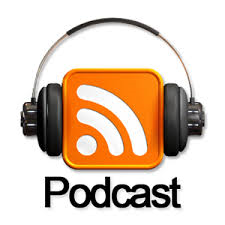I came across an interesting article written on 11/16/2013 regarding Android and iOS development that I had to share. It is titled Android vs. iOS Development: Fight! and although the article was written for the target audience of developers, it still provided interesting information on Android and iOS. The author, Jon Evans, has written both Android and iOS apps and therefore has a background in app development.
In the article, Evans discusses several features of development such as: environment, configuration, UX Design, language, API’s, internet, sharing, fragmentation, and publication. By analyzing these different areas in development, Evans is able to demonstrate how between the Android and iOS development, the iOS is better.
Apple’s integrated development environment is Xcode which is easy to use according to the author. Android’s IDE is Eclipse which is not as user- friendly nor as fast as the Xcode for Apple. Here the author indicates that the Xcode makes the iOS more advantageous than Android and is therefore better.
Evans states that Android is better on the configuration portion. Xcode’s configuration is not as user-friendly compared to the Eclipse for Android. Xcode’s configuration compares to “1970s programming” as Evan states meanwhile the Android utilizes one file and can build an app entirely and with simplicity compared the Xcode.
The UX Design for Android and Apple both have their glitches, but both programs are relatively easy to use. iOS has the advantage however due to the three screen sizes, the two screen densities, and the iOS visual elements.
Android utilizes Java and iOS apps utilize Objective-C. Although Evans was not fond of Objective-C for the iOS, it now has automatic reference counting which gives iOS the advantage in Language.
The API’s is equal for both Android and iOS however iOS has the advantage in this area due to the extra frameworks and features and the lines of code.
Evans states that Android has the advantage in the Internet with the AsyncTask. And while iOS provides equivalent features, they do not work as great as Android’s.
Sharing is an important feature to consider however Evans concludes that neither the iOS nor the Android have the advantage here. Both share information at the same level and neither has an advantage over there other therefore they are both equal.
iOS beats Android instantly in the fragmentation feature.
Finally in publishing the application, Evans found that Android was the better one between the two. Android allows easy publication through the Eclipse wizard whereas Apple’s Xcode requires the completion of several certificates and distribution files.
Therefore Evans concludes that the iOS is much more advantageous than Android. Although one can build successful apps through Android, it much easier to do so in iOS.
I have never created a mobile app and I actually have an Android phone and have never used an Apple phone. I therefore cannot compare the two in accordance with my “lack of experience”. However I can demonstrate what I personally feel is a great app for a mobile phone, which from my understanding is available for both Android and iOS.
Instagram is my favorite app to use on my phone. It’s very user-friendly and very simple to understand and use.





